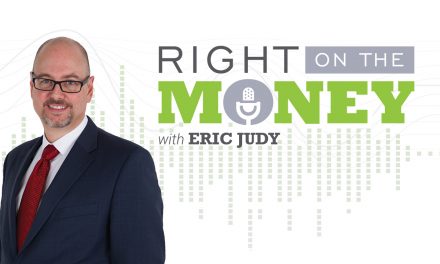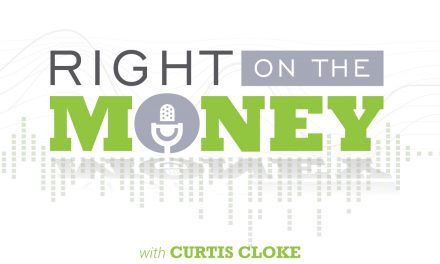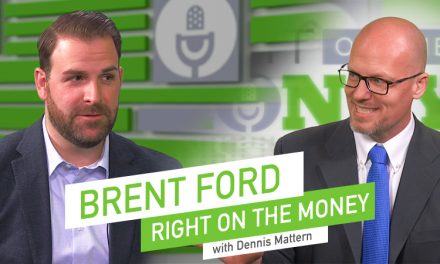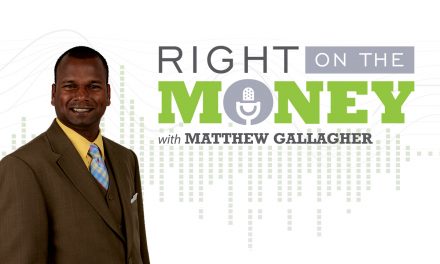There Are Financial Products and Planning Strategies to Mitigate Retirement Risk
Most retirees are either going to spend their money on themselves, give their money to others or do both. But that’s all determined by how much after-tax income you have at the end of the month. You must integrate the right financial products and planning strategies to mitigate as many retirement risks as possible to generate the most net-spendable income during retirement.
The number-one risk in retirement is longevity risk, but it’s also a risk multiplier of the remaining nine retirement risks. It exacerbates all the other retirement risks. Watch the interview about the 10 retiree risks with Tom Hegna, popular platform speaker, retirement specialist and best-selling author. Tom has two retirement books entitled, Don’t Worry, Retire Happy and Paychecks and Playchecks. Tom has also hosted the PBS Special, “Don’t Worry Retire Happy.”
Mortality Risk
Death before life expectancy can mitigate all other risks if you’re single. You’re dead and that’s that. But your spouse could feel more than just emotional distress, because your dual income from Social Security will cease and he or she will have one less tax exemption. Bottom line: there will be less income and maybe more tax on it. If both spouses are healthy, life insurance should be considered for the survivor.
Market Risk, Withdrawal Rate Risk & Sequence of Return Risks
If the history of the market has taught investors anything over the years, it’s that it has ups and downs. Many financial advisors project the 100-year-old Ibbotson mountain chart to point out the overall positive trajectory of the market. That’s OK during accumulation, but the math doesn’t work that way during distributions. The touted 4-percent withdrawal rate hasn’t worked well over the last decade. Most financial advisors have deserted it and are quoting a 2.75- to 3-percent withdrawal rate to be safe.
If the premise of a withdrawal rate is based off portfolio earnings, as is the present rule of thumb, then any invasion of principal is forbidden. It would also assume the market doesn’t experience a downturn and neither of these two events effect the sequence of returns, which of course it does. Bottom line: retirees will deplete their retirement resources well before their death. Part of your retirement income strategy should include guaranteed lifetime income you can never outlive.
Inflation Risk & Deflation Risk
We’re living in the lowest interest rate environment in modern U.S. history. The government controls monetary policy with the Fed and the Treasury Department. The country’s colossal indebtedness and government pension obligations have keep interest rates artificially low. The printing of dollars could trigger inflation that could drive up the cost of commodities.
If oil continues to decline, it’s possible the country could experience a deflationary scenario. Bottom line: inflation risk could erode the purchasing power of your retirement dollar. Part of your retirement plan should be in stocks as well as a guaranteed lifetime annuity with a cost-of-living adjustment rider.
Taxation Risk and Regulatory Risk
The government has the power of taxation and regulatory change. Congress changed the file and suspend provision in Social Security after promising seniors in or near retirement wouldn’t be affected—but they were. So laws can change. But there are tax-advantaged products and strategies that can manage your taxes and leave you with more spendable net income. Bottom line: unless the vast population of the public engages in elections, the government will continue to control the rules and regulations, which means we can only plan under the light of current law.
Long-Term Care Risk
Medical expenses and assisted living are a given. Some financial advisors say $220,000 over the life of a married couple in retirement is the reality check. Bottom line: retirement planning needs to have long-term care insurance, either in a traditional insurance policy or a hybrid insurance policy.
A good financial planner who understands these retirement challenges should be able to design an integrated retirement strategy that can deliver the most money after taxes.
Nationally syndicated financial columnist Steve Savant interviews Tom Hegna, popular platform speaker, retirement expert and best selling author. Tom has two retirement books entitled Don’t Worry Retire Happy and Paychecks and Playchecks. Tom has also hosted the PBS Special, Don’t Worry Retire Happy.





